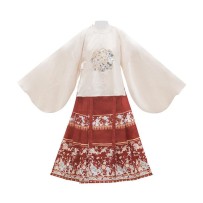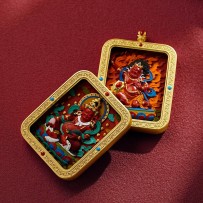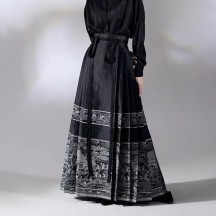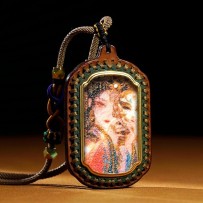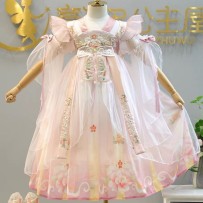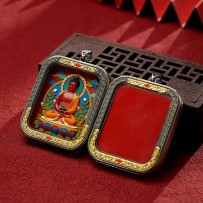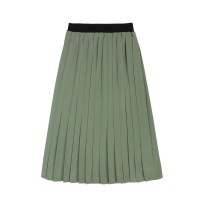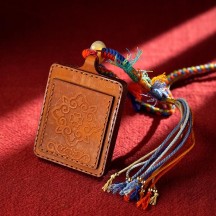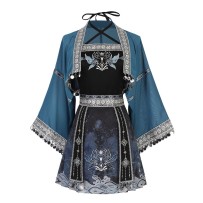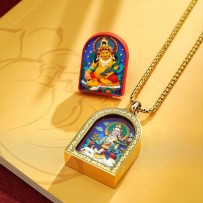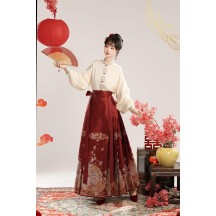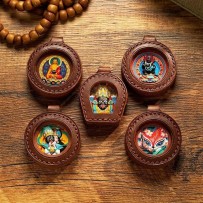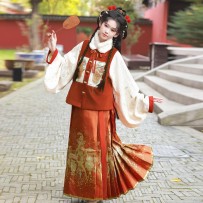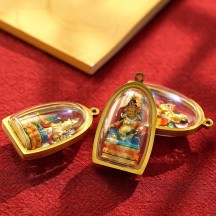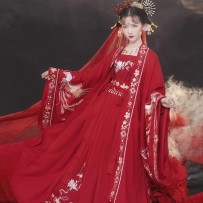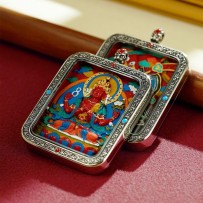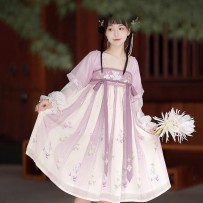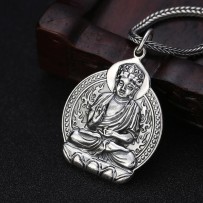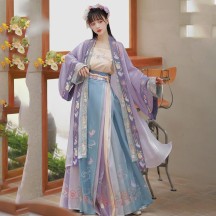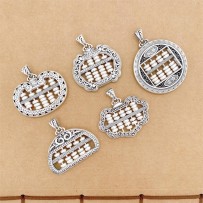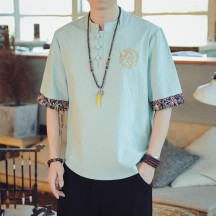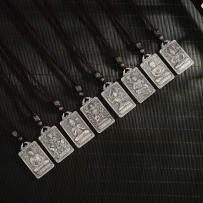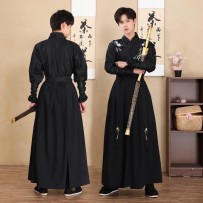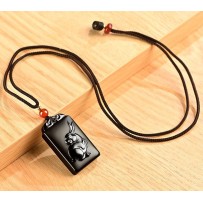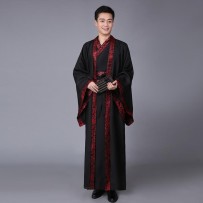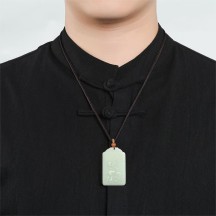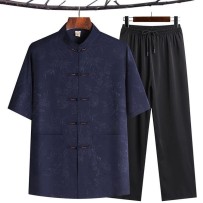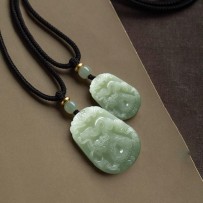The horse-face skirt symbolizes courage and strength. Its design features the image of a horse’s face on the front of the skirt, representing the spirit and power of the horse. In ancient times, the horse-face skirt was an important element of traditional women’s clothing in southern China and stood as a symbol of wisdom and bravery in traditional Chinese culture.
Home
Subcategories
Cinnabar is believed to bring good fortune, ward off evil spirits and ensure safety in both Tibetan culture and traditional Chinese culture. When combined with Thangka, cinnabar Thangka pendants are believed to ward off evil spirits and disasters, bring good luck and suppress negative energy, and attract wealth and blessings, bringing the wearer blessings of good fortune, health and safety.
The horse-face skirt symbolizes courage and strength. Its design features the image of a horse’s face on the front of the skirt, representing the spirit and power of the horse. In ancient times, the horse-face skirt was an important element of traditional women’s clothing in southern China and stood as a symbol of wisdom and bravery in traditional Chinese culture.
Tangka refers to a unique scroll painting in Tibetan Buddhism, which mainly contains the biography of Buddha, various Buddha images, religious history, and images of various patriarchs. Most of them are painted on cloth, silk or paper, and then mounted with colored satin. It is a necessary item for Buddhists to worship and practice at any time.
Tangka refers to a unique scroll painting in Tibetan Buddhism, which mainly contains the biography of Buddha, various Buddha images, religious history, and images of various patriarchs. Most of them are painted on cloth, silk or paper, and then mounted with colored satin. It is a necessary item for Buddhists to worship and practice at any time.
Hanfu carries rich cultural significance, embodying the traditional aesthetics, etiquette, and cultural values of the Chinese nation. It is not just clothing, but an important symbol of Chinese heritage—representing history, culture, and a sense of national identity.
Tangka refers to a unique scroll painting in Tibetan Buddhism, which mainly contains the biography of Buddha, various Buddha images, religious history, and images of various patriarchs. Most of them are painted on cloth, silk or paper, and then mounted with colored satin. It is a necessary item for Buddhists to worship and practice at any time.
Hanfu carries rich cultural significance, embodying the traditional aesthetics, etiquette, and cultural values of the Chinese nation. It is not just clothing, but an important symbol of Chinese heritage—representing history, culture, and a sense of national identity.
Tibetan-style titanium steel three-dimensional Thangka, made of tough titanium steel, integrates exquisite craftsmanship, depicting the sacred Buddhist charm and Tibetan customs. The three-dimensional shape is vivid and combines religious depth with artistic beauty.
Hanfu carries rich cultural significance, embodying the traditional aesthetics, etiquette, and cultural values of the Chinese nation. It is not just clothing, but an important symbol of Chinese heritage—representing history, culture, and a sense of national identity.
Tangka refers to a unique scroll painting in Tibetan Buddhism, which mainly contains the biography of Buddha, various Buddha images, religious history, and images of various patriarchs. Most of them are painted on cloth, silk or paper, and then mounted with colored satin. It is a necessary item for Buddhists to worship and practice at any time.
Hanfu carries rich cultural significance, embodying the traditional aesthetics, etiquette, and cultural values of the Chinese nation. It is not just clothing, but an important symbol of Chinese heritage—representing history, culture, and a sense of national identity.
Tangka refers to a unique scroll painting in Tibetan Buddhism, which mainly contains the biography of Buddha, various Buddha images, religious history, and images of various patriarchs. Most of them are painted on cloth, silk or paper, and then mounted with colored satin. It is a necessary item for Buddhists to worship and practice at any time.
Hanfu carries rich cultural significance, embodying the traditional aesthetics, etiquette, and cultural values of the Chinese nation. It is not just clothing, but an important symbol of Chinese heritage—representing history, culture, and a sense of national identity.
Tangka refers to a unique scroll painting in Tibetan Buddhism, which mainly contains the biography of Buddha, various Buddha images, religious history, and images of various patriarchs. Most of them are painted on cloth, silk or paper, and then mounted with colored satin. It is a necessary item for Buddhists to worship and practice at any time.
Hanfu carries rich cultural significance, embodying the traditional aesthetics, etiquette, and cultural values of the Chinese nation. It is not just clothing, but an important symbol of Chinese heritage—representing history, culture, and a sense of national identity.
The twelve zodiac guardian gods, also known as the natal Buddha, the eight guardian gods, the twelve guardian deities, and the eight-body Buddha, are the twelve zodiac guardian gods of Japanese Esoteric Buddhism through the heavenly stems, earthly branches, the twelve causes and conditions, and the five elements.
Hanfu carries rich cultural significance, embodying the traditional aesthetics, etiquette, and cultural values of the Chinese nation. It is not just clothing, but an important symbol of Chinese heritage—representing history, culture, and a sense of national identity.
Abacus is a calculation tool that uses beads arranged in strings. The strings of beads of equal number arranged in a rectangular wooden frame are called files. Calculation with an abacus is called abacus calculation. Abacus calculation has corresponding rules for the four arithmetic operations, collectively known as abacus rules. This is especially true for addition and subtraction. Abacus-style mental arithmetic evolved from abacus calculation and became a type of fast calculation technology.
The twelve Chinese zodiac signs, also known as the zodiac, are the twelve animals that are matched with the twelve earthly branches according to the year of a person's birth. They include rat, ox, tiger, rabbit, dragon, snake, horse, sheep, monkey, chicken, dog, pig,
Ping An buckle is a traditional Chinese accessory for wearing. It has a round and flexible appearance, in line with the traditional Chinese culture of "moderation". In ancient times, it was called "Bi" and had the effect of nourishing the body. In modern times, it is often given as a gift to loved ones, relatives, and friends to wish for peace, good health, and all the best.
Hanfu carries rich cultural significance, embodying the traditional aesthetics, etiquette, and cultural values of the Chinese nation. It is not just clothing, but an important symbol of Chinese heritage—representing history, culture, and a sense of national identity.
The twelve zodiac guardian gods, also known as the natal Buddha, the eight guardian gods, the twelve guardian deities, and the eight-body Buddha, are the twelve zodiac guardian gods of Japanese Esoteric Buddhism through the heavenly stems, earthly branches, the twelve causes and conditions, and the five elements.
The zodiac natal Buddha means that each zodiac sign has its own natal Buddha, and different natal Buddhas have different meanings. According to Indian Buddhist tradition, everyone has a bodhisattva or Buddha protecting them from birth. The day they are born, they are connected with the Buddha with whom they are destined to be, and are called "natal Buddhas".
Hanfu carries rich cultural significance, reflecting the traditional aesthetics, etiquette, and artistic sensibilities of the Chinese nation. It is more than just clothing — it is an important symbol of Chinese culture, representing history, heritage, and a sense of national identity.
The Chinese zodiac refers to the twelve animals that replace the twelve earthly branches and are used to indicate the time of birth of people, namely rat, ox, tiger, rabbit, dragon, snake, horse, goat, monkey, rooster, dog and pig. The Chinese zodiac is also commonly known as the "zodiac sign" - rat, ox, tiger, rabbit, dragon, snake, horse, goat, monkey, rooster, dog and pig. This is a unique way for Chinese people to indicate the time of birth, which is equivalent to the twelve zodiac signs in the West.










